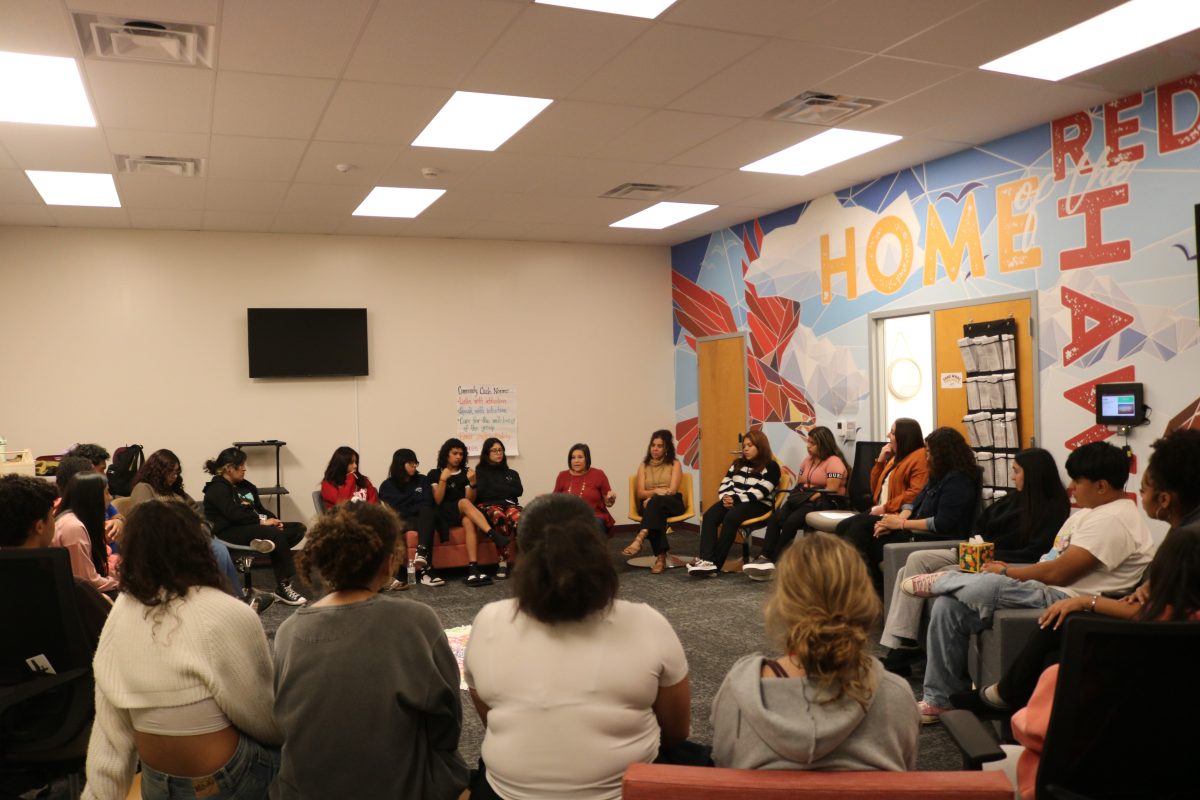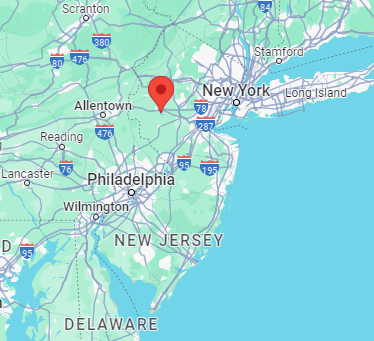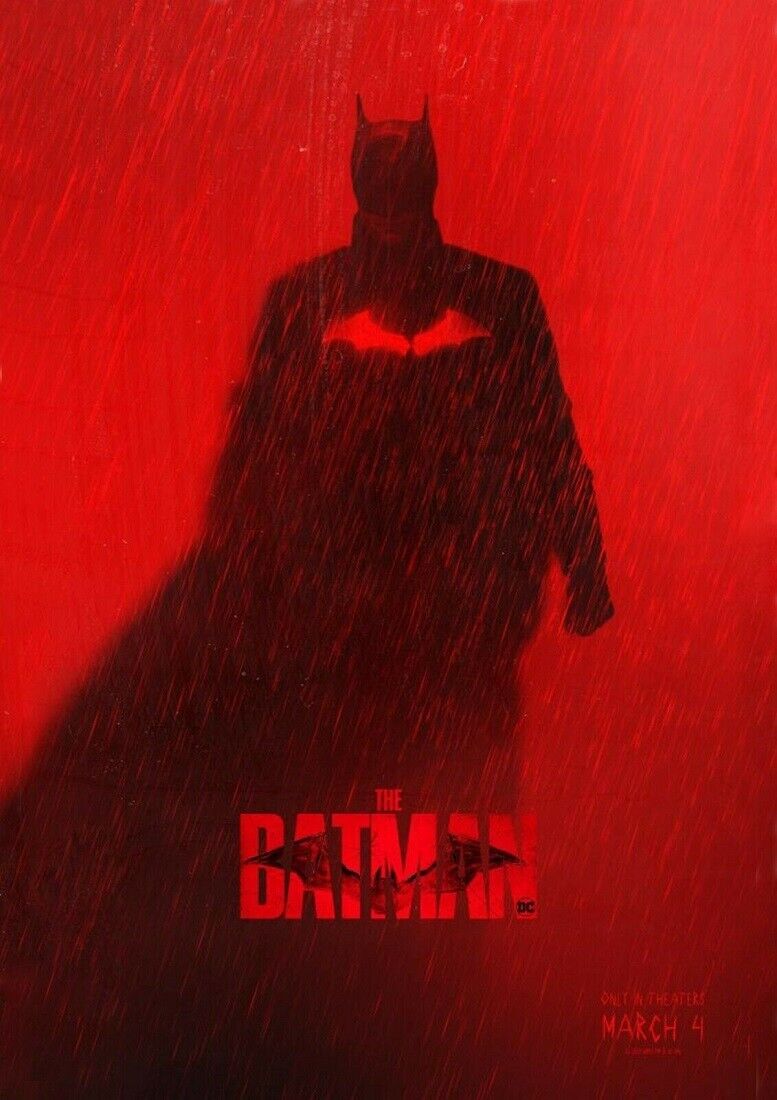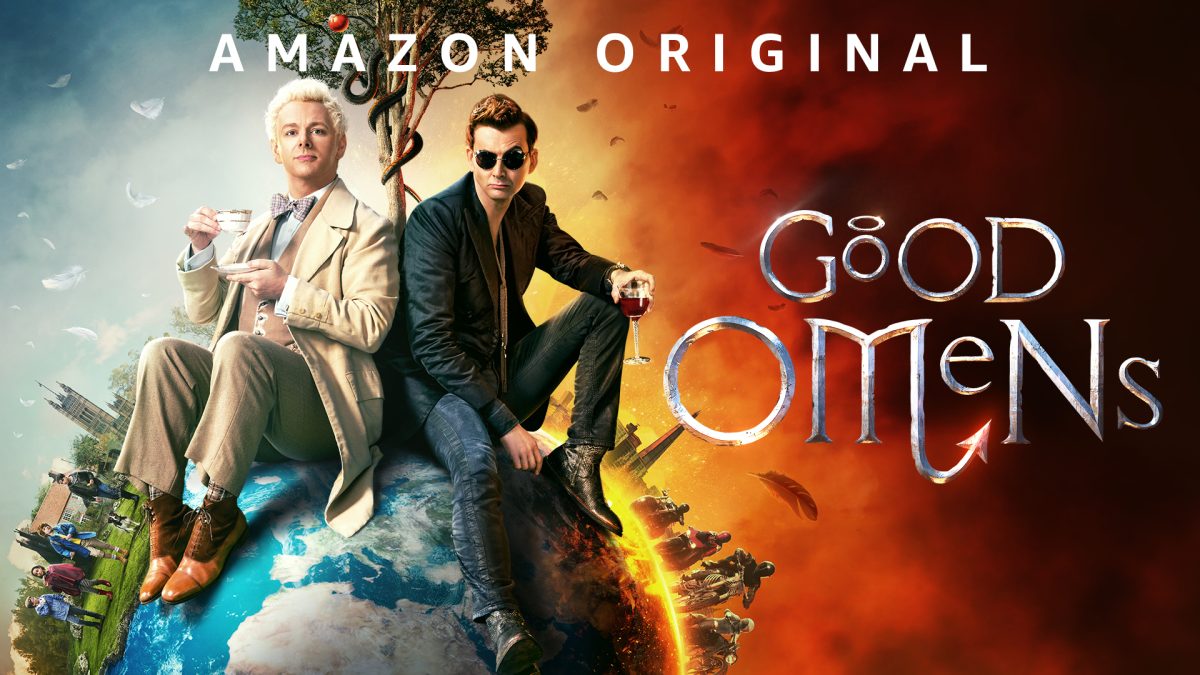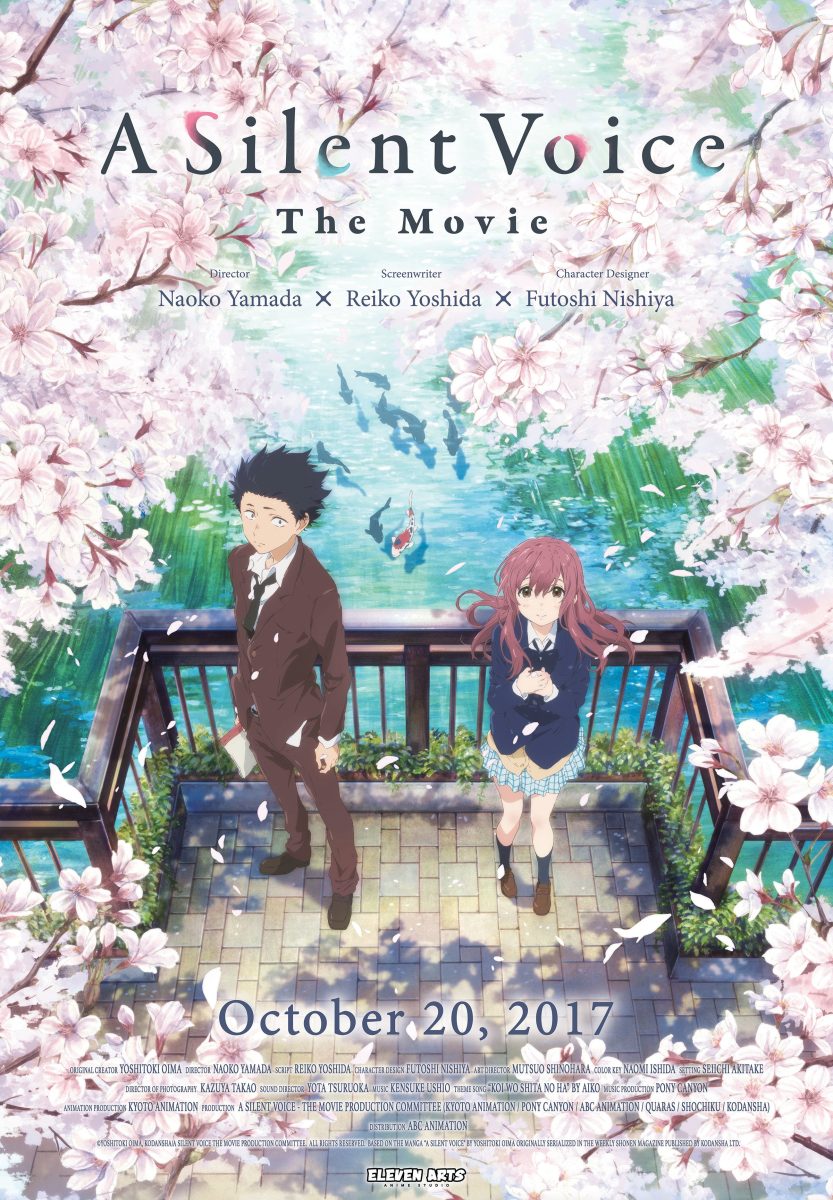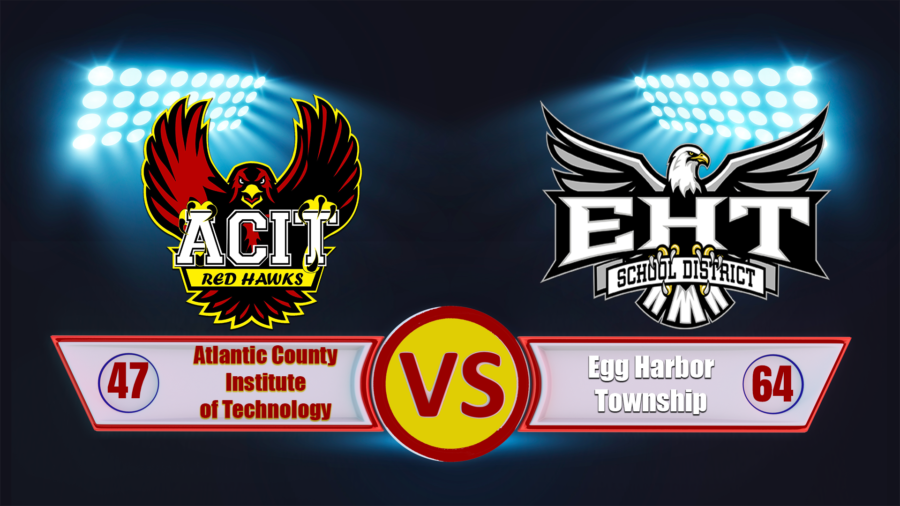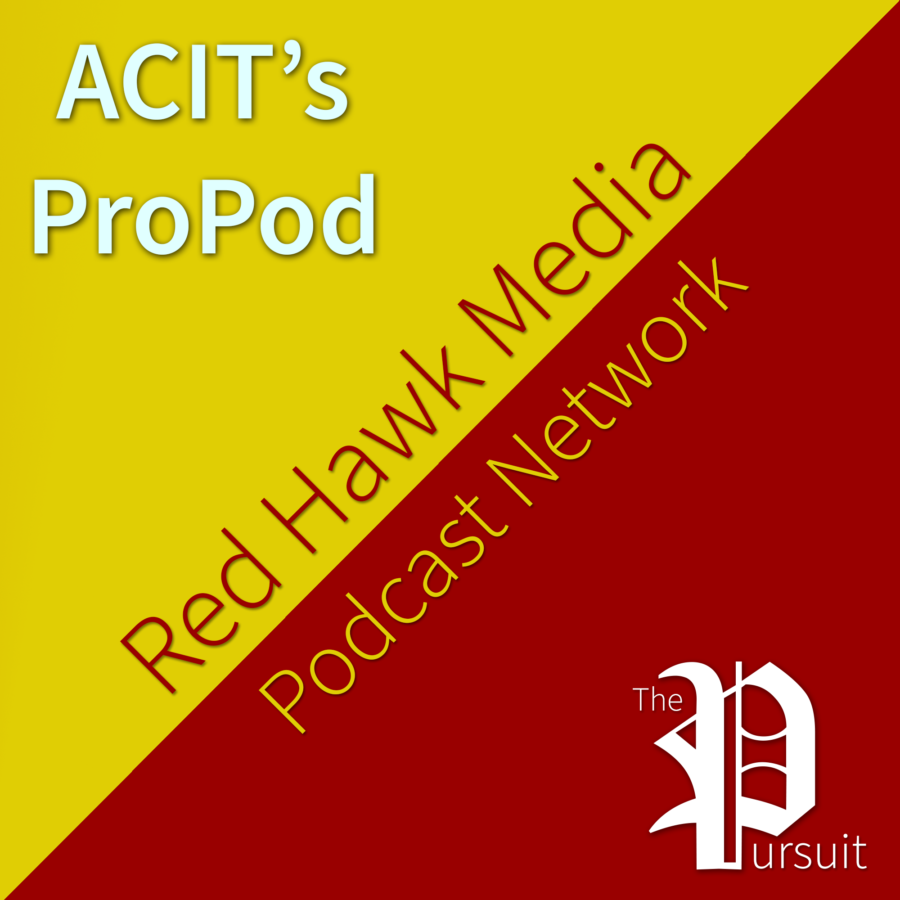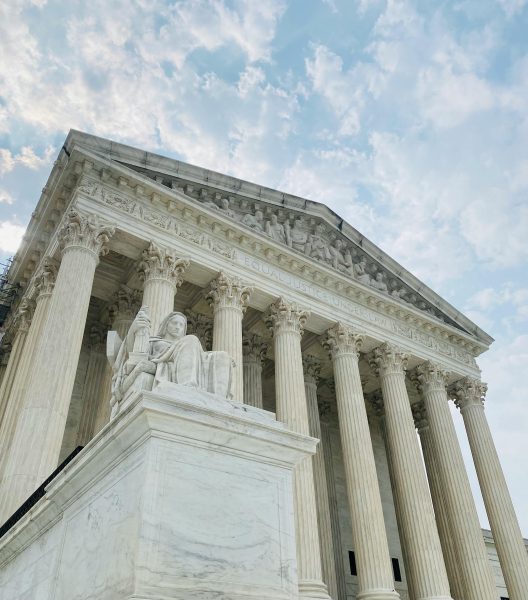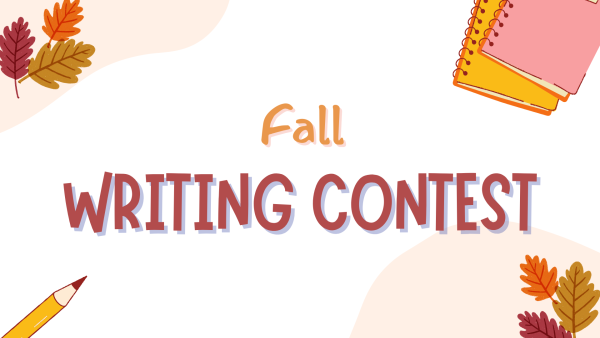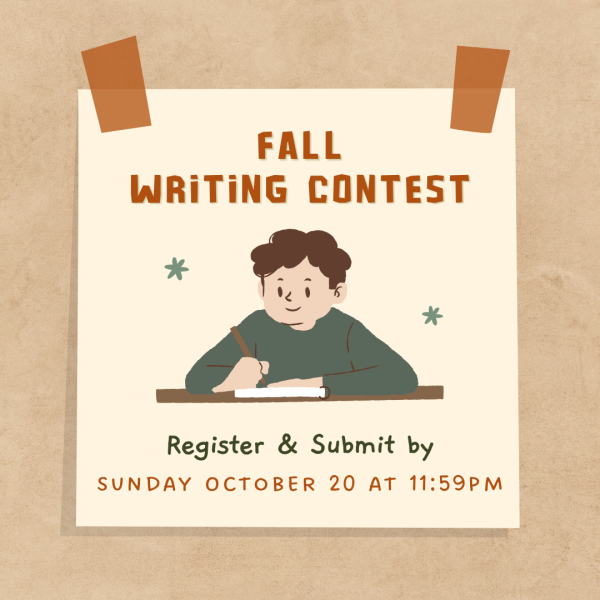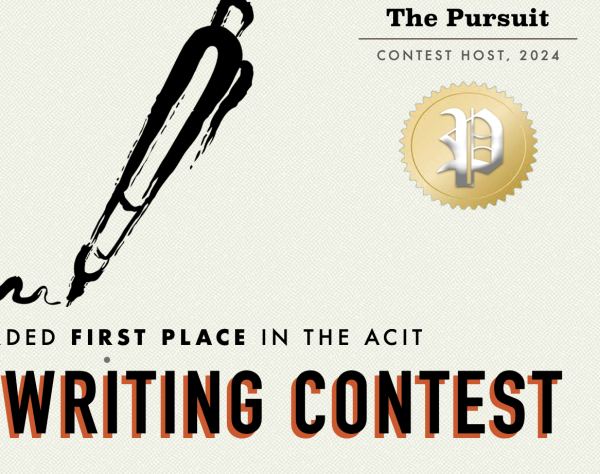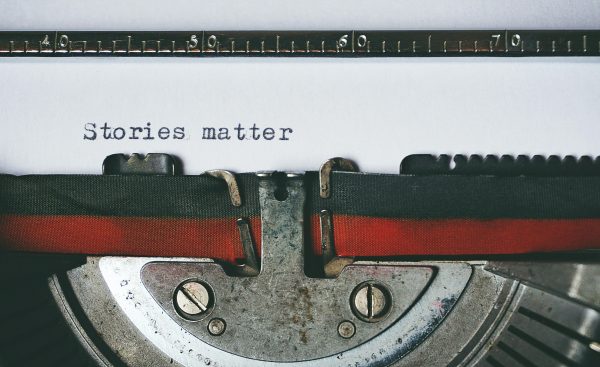Go Read a Book!
World Book Day is Celebrated on April 23
Books have been a part of human history and have been with us in our daily lives ever since cave drawings, stone tablets, hand-written scrolls, to the first ever book made in the BCs. They have been used for sharing information, telling stories, and archiving history inside of them. Even if they have evolved from handwritten, printed on pages, to digitalized online, the need for them will always be timeless. That’s where World Book Day comes around to celebrate the creation of books and to promote and engage people to read the many types of literature around the world.
History of World Book Day
World Book Day, also known as World Book and Copyright Day, is a United Nations holiday sponsored by UNESCO. Not to be confused with another World Book Day on March 3rd in the UK and Ireland. It’s celebrated every year on April 23, the day chosen because it honors several famous authors who were either born or died on that date, such as William Shakespeare, Miguel de Cervantes and more. Delegates from the UNESCO General Conference that was held in Paris in 1995, wished to promote reading across the globe and teach children about the importance and wonders of reading for fun.
Why Celebrate It?
Reading is a crucial learning development to have at the start of your life and your children. For children, it allows them to use their imagination, learn new things, and encourages them to explore and interact with the outside world. But books can have an impact on anyone, regardless of age, with benefits of: stimulating our minds and increasing vocabulary, learning new things, improving our focus, relaxing us to reduce stress, developing our thinking skills, and opening our eyes to different perspectives. Reading can be a pleasure, as it can give us a positive impact in our lives. Children being able to read at least everyday has been shown to have a big impact on the child’s life and future.
World Book Day has been celebrated from over 100 countries with hundreds of sponsor organizations, schools, and public groups helping bring awareness to this day. Encouraging millions of people to read and also give an opportunity to learn behind the scenes of making a book. Discovering new authors and genres of literature to support the business.
Celebrate easily by reading a book, taking a trip to the library, join in events like writing competitions and Q&A with authors, and collect some free books and bookmarks. If you have children, allow them to choose a book of their choice, to read it or read it for them. Donating to your local libraries will also help tremendously as it will help make books accessible for everyone in your community.
History on Books
The first known to be somewhat a “book” would be ancient scrolls, going as far back as the 4th millennium BCE. These rolled up written manuscripts were mostly made from Papyrus plants, these scrolls when unraveled went from between 14 to 52 feet wide.
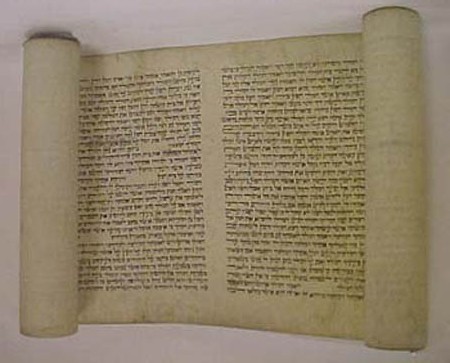
The Romans made somewhat a modern style of books we have today, creating the first codices from as easy as the 1st century CE. The codex was more durable and compact than a scroll, made from parchment paper and bound to wooden covers.This style of book became popular with the rise of Christianity, easy to carry and bringing biblical texts on the go.
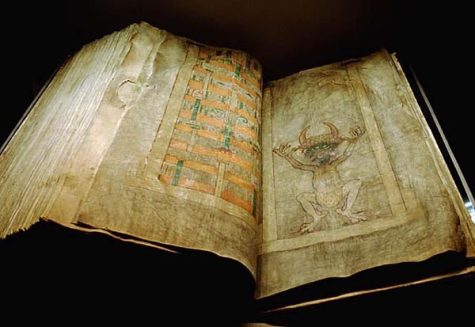
The earliest dated and now oldest known printed book, created in an unknown date but believed to be around between 2nd and 5th centuries CE. It’s called the Diamond Sutra, written in Chinese, it’s a Mahayana(Buddhist) sutra and is the most influential Mahayana sutras in East Asia.
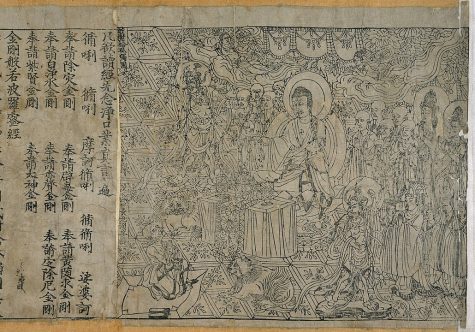
In 1439 the printing press was the greatest invention made by Johannes Gutenberg, allowing printing of books, newspapers, and pamphlets to be easily made and sent to the growing population. Later in 1582, the first dictionary was created by Richard Mulcaster. Fun fact, it has 8,000 words but it’s in a non-alphabetical list, unlike today’s dictionaries in alphabetical order.
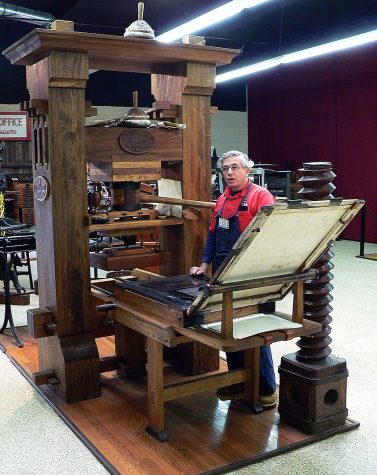
Things are starting to become more modern as the time passes for books. Glue-bound paperback books were more popular than sewing in book covers. Print-on-demand books were now more cost effective and environmentally friendly. In 1971 brought in the internet era, soon inventing the eBook, the first digitization of text by Project Gutenberg.
In The End
Let’s be grateful and cherish for all the uses with books that we still have today. As much fun the internet is being used now, it’s also good to step back and pick up a good book to read. Books and stories were the first for some entertainment media. So feel encouraged about reading a book, either a favorite or new literature, and take your time getting sunk in the good storyline and writing. Afterall, it also pays tribute to all the writers, publishers, and copywriters who created these books to life.
Sources: World Book Day | April 23 - Calendarr A Brief History of Books — Google Arts & Culture
